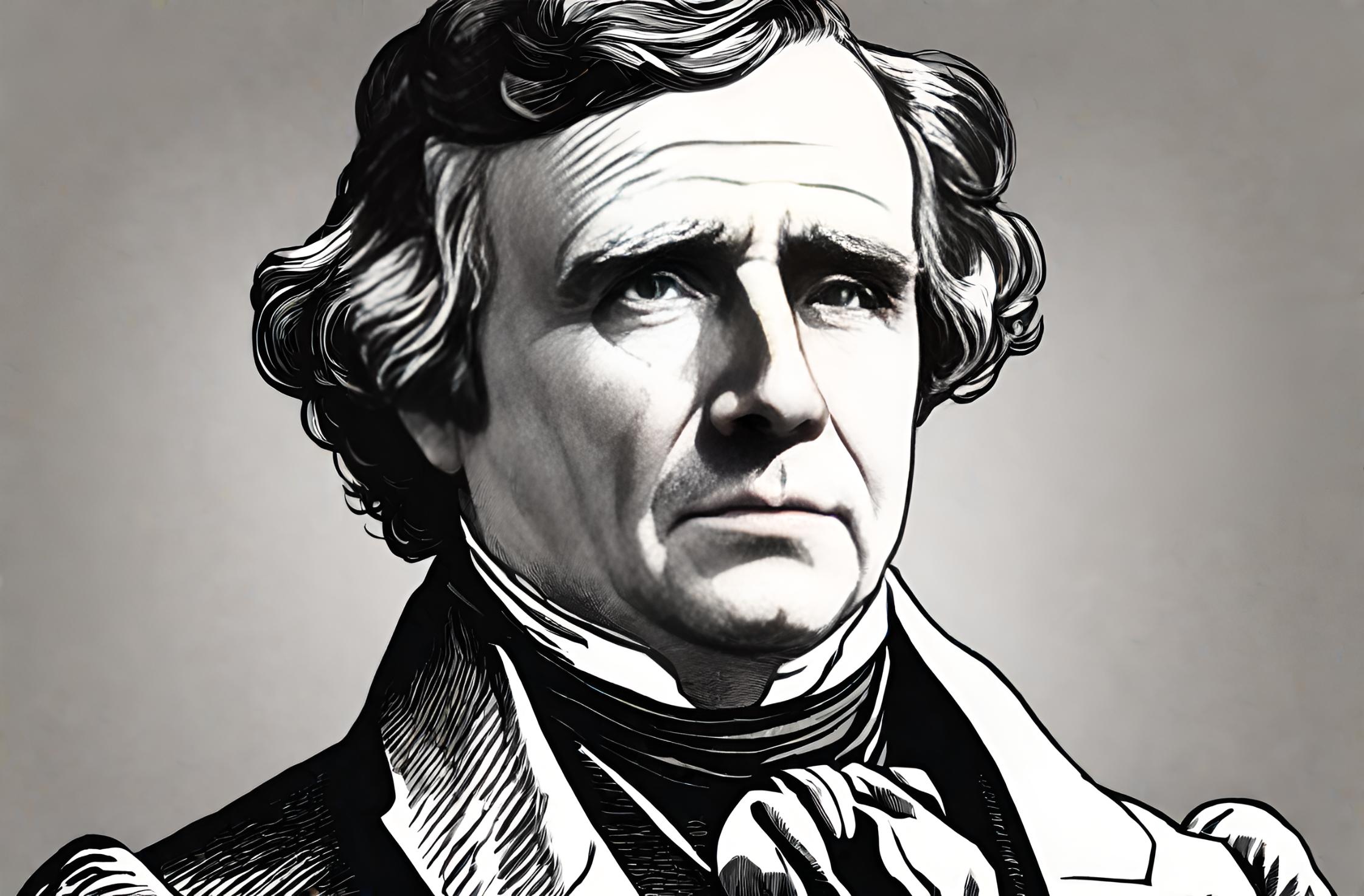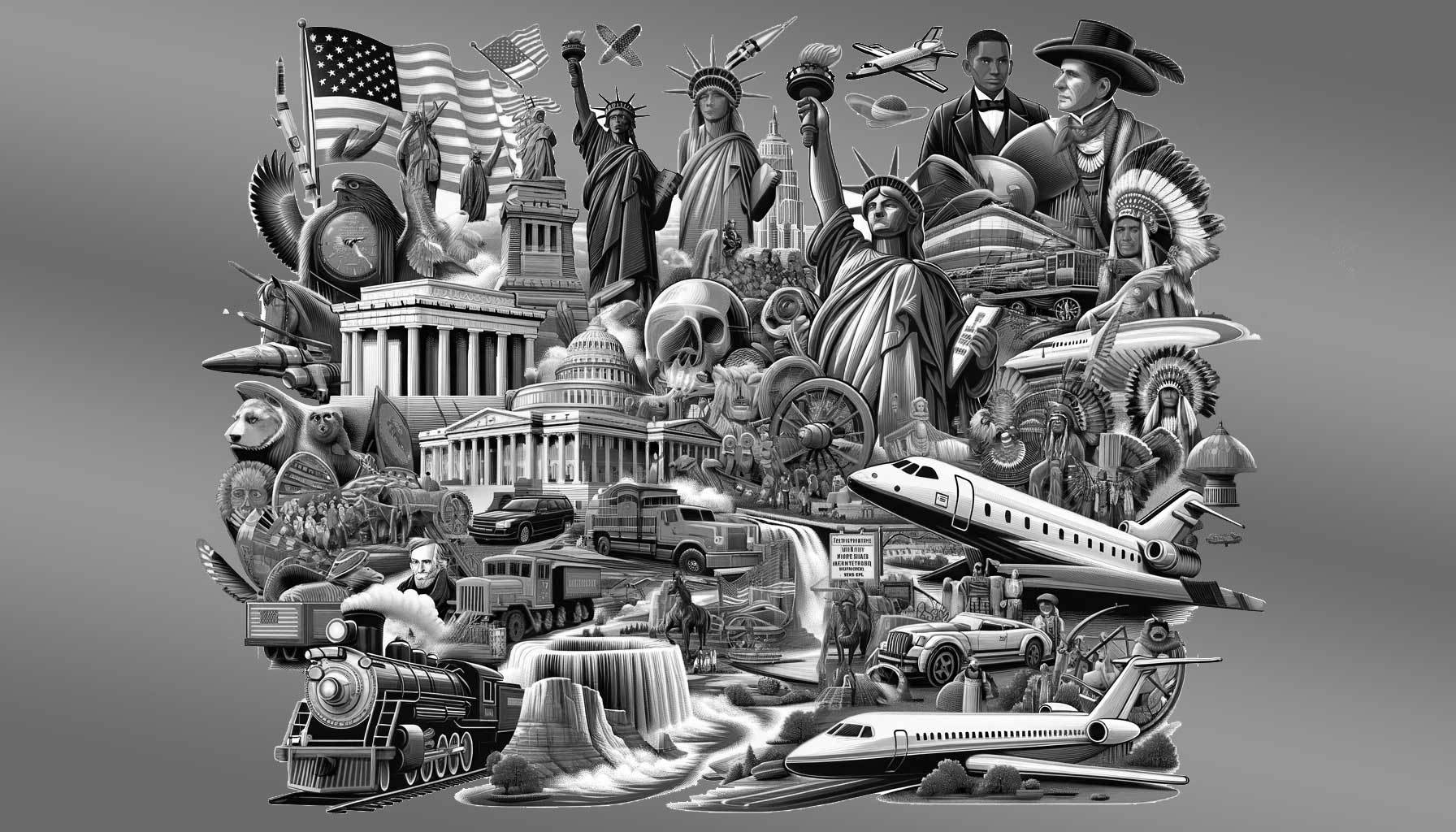Flashback to November 25
American History

On July 14, 1853, President Franklin Pierce made history by opening the first industrial exposition in New York. This significant event marked a new era in American industrialization and showcased the country’s growing capabilities in manufacturing and innovation.
The industrial exposition, held in New York City, became a platform for manufacturers to display their latest products and technological advancements. It provided a unique opportunity for businesses to promote their goods and services to a wide audience, attracting both domestic and international attention. This event played a crucial role in shaping the future of the American industrial sector.
President Pierce’s presence at the exposition further emphasized the government’s support for industrial growth and development. His speech highlighted the importance of industrialization in creating job opportunities, stimulating economic growth, and improving the overall standard of living for Americans. The president recognized the significance of the event and its implications for the nation’s progress.
The expo showcased a diverse range of industries, including textiles, machinery, transportation, and agriculture. Visitors had the opportunity to explore the latest innovations and witness the enormous potential of American manufacturing. Exhibitors displayed their products, ranging from state-of-the-art machines to beautifully crafted textiles and agricultural equipment.
The event attracted thousands of visitors, including business professionals, government officials, and the general public. People from all walks of life had the chance to witness the advancements in technology and gain insights into the future of American industry. This exposition helped foster a sense of national pride and enthusiasm for progress among the attendees.
One of the notable exhibits at the industrial exposition was the display of the newly developed sewing machine. This invention revolutionized the textile industry by providing a faster and more efficient way to produce garments. The sewing machine’s potential to increase productivity and reduce labor costs caught the attention of many manufacturers and investors, paving the way for significant advancements in the textile industry.
Another highlight of the event was the exhibition of steam-powered machinery. These machines played a pivotal role in transforming the manufacturing landscape and fueling the industrial revolution. Visitors marveled at the power and efficiency of these majestic machines, which represented a new wave of innovation and progress.
The industrial exposition was not only a platform for showcasing new products but also a hub for knowledge sharing and networking. Manufacturers, entrepreneurs, and inventors had the opportunity to connect with potential business partners, investors, and customers. This collaborative environment fostered innovation and paved the way for future advancements in industrial technology.
President Pierce’s decision to open the first industrial exposition in New York demonstrated his commitment to fostering economic growth and supporting the nation’s industrial sector. His leadership laid the foundation for future presidents to continue promoting and prioritizing American industrialization.
The first industrial exposition of 1853 marked a turning point in American history. It symbolized the nation’s progress in industrialization, highlighted technological advancements, and paved the way for further innovation. This event played a crucial role in shaping the future of American industry and showcased the country’s capabilities on a national and international stage.
We strive for accuracy. If you see something that doesn't look right, click here to contact us!
Sponsored Content

The US Federal Reserve…
On November 25, 2008,…

American Airlines DC-10 crashes…
"Tragedy struck as the…

Iran Contra Affair: US…
"US Attorney General Edwin…

Indian Wars: United States…
Experience the historical event…

Thomas A Hendricks 21st…
Marking a pivotal moment…

The United States Greenback…
Established on November 25,…

